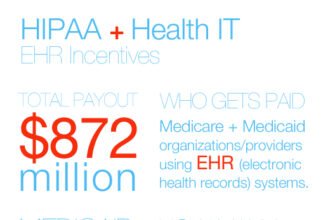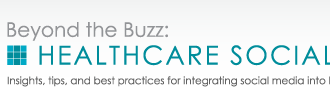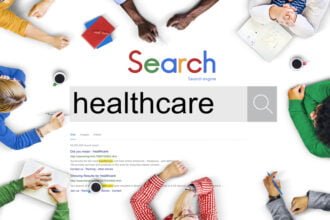Over the past several years the focus on social media within the health and pharmaceutical industries has largely been on the opportunities and benefits the array of channels provide to these organizations to deliver enhanced care. From strategic patient insights to competitive intelligence, many leading pharmaceutical companies are empowering their brands with a deeper understanding of patients, caregivers and healthcare professionals. However, with these opportunities for growth also come risks of damage to brands.
Over the past several years the focus on social media within the health and pharmaceutical industries has largely been on the opportunities and benefits the array of channels provide to these organizations to deliver enhanced care. From strategic patient insights to competitive intelligence, many leading pharmaceutical companies are empowering their brands with a deeper understanding of patients, caregivers and healthcare professionals. However, with these opportunities for growth also come risks of damage to brands.
An increasing number of pharmaceutical and health organizations are also realizing, often through their own experiences of crisis, that a myriad of threats are emerging from social media, squarely targeting their brands. Immediate real-time detection of these growing risks and threats are quickly becoming a crucial c omponent to protecting reputations and revenues of their brands.
omponent to protecting reputations and revenues of their brands.
Reviewing the Risks
While the spectrum of social risks and threats is enormous and growing at an incredible rate, several are becoming more common in the pharmaceutical and health industries. Here is a review of five threats health and pharmaceutical companies should be focused on detecting and mitigating:
Employee Misconduct: The risks in this realm can be enormous and vary from organizational, ethical and even criminal in nature. Among the issues threatening enterprises are Corporate Integrity Agreement/policy violations, falsifying records, partner issues, sexual misconduct, inappropriate promotion, product or payer functions, corporate abuse, HCP interaction issues and even sabotage, all of which can deliver massive damages to the organization. Many of these issues often present from all corners of the open social universe, and hence, can be detected for advanced warning.
IP Breaches: With the convenience and widespread access and reach of social media, cases of employees – from researchers to sales reps – intentionally or inadvertently revealing sensitive information is on the rise. These breaches can reveal strategic intelligence or even be regulatory violations, all of which can pose major threats to the welfare of the enterprise.
Legal Threats: An array of legal liabilities can emerge from all corners of the open social universe, particularly with patients and caregivers related to treatment use or abuse. Having line-of-sight to these threats is of paramount importance to address, diffuse or even mitigate the issues as quickly as possible.
Patient Perceptions: Understanding patient, caregiver and HCP perceptions related to a treatment’s cost, side effects and resulting quality of life level is becoming increasingly important to pharmaceutical companies. Regardless of accuracy, negative perceptions can quickly spread, greatly impacting the market positioning and value of a brand. Gaining accurate, ongoing analysis of these social perceptions is vital to preserving the brand’s market position and value.
Drug Counterfeiting: Pharmaceutical companies are facing a growing worldwide epidemic when it comes to counterfeiting drugs. Some brands are starting to use innovative social intelligence and threat detection solutions to help identify and track related instances to protect patients and preserve intellectual property.
Off-Label Usage: Some pharmaceutical companies are starting to track the open social universe for off-label usage of their brands with a focus on identifying potential regulatory or legal threats to the organization.
Brandjacking: The cases of incidents where the social or online accounts of brands are impersonated or taken over altogether are on the rise. These incidents can deliver immediate, significant damage since the perpetrators can disseminate false information or release damaging statements with massive reach and instant credibility given that the information appears to be coming from the brand itself.
Achieving Social Security
In today’s “Age of Social Media,” protecting the brand, and ultimately the reputation and revenue of the enterprise, has never been more critical or challenging. And as social media extends the reach and accelerates the exposure of these threats the resulting damages can been massive and difficult to diffuse without the ability to detect them in real-time.
However, the intelligence from social media can also be a major ally to health and pharmaceutical companies, delivering advance warning of threats, for immediate response. In many cases, real-time threat detection can provide the time needed to mitigate or even diffuse the issue, allowing for the strategic response to stop it from becoming an all-out crisis.









